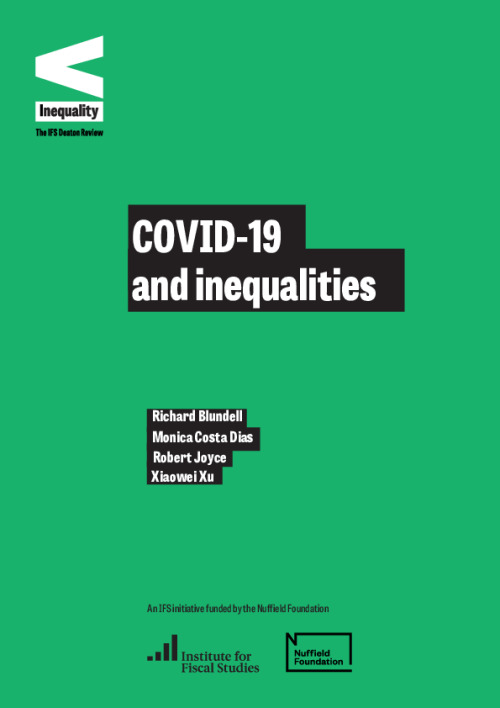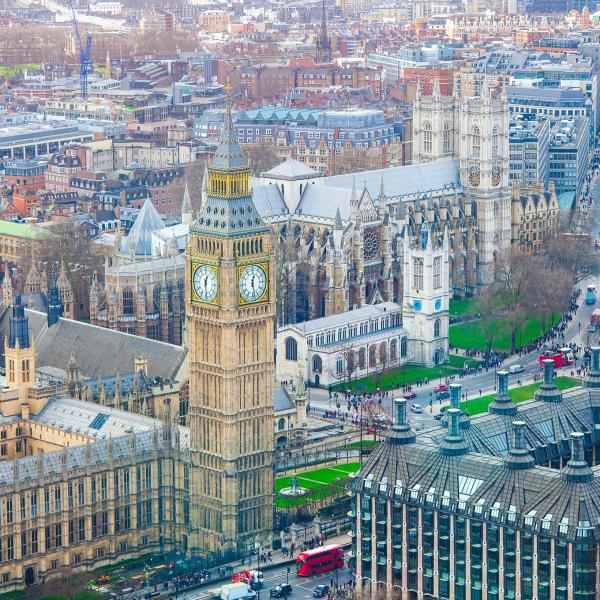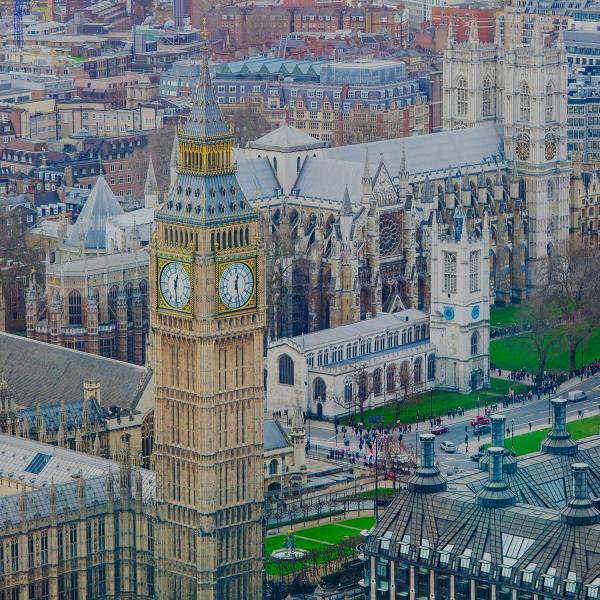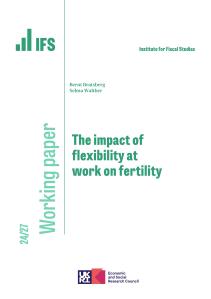Much of the debate about the impacts of the COVID-19 pandemic, our responses to it, and the longer-term legacy that it will leave has quickly become a discussion about various forms of inequality. The purpose of this report is to bring together what has emerged so far about the impacts of the crisis on inequalities across several key domains of life and, in doing so, to make a few overarching points.
Key findings
The years leading up to the COVID-19 crisis, and in particular the long hangover from the last economic crisis of the late 2000s, had left households in a precarious position. A lack of pay growth meant finances had already been under strain, and years of austerity reduced the scope of the state as an insurer against future shocks.
The specific nature of the economic shock associated with COVID-19 has interacted with many old and deep inequalities. Excluding key workers, most people in the bottom tenth of the earnings distribution are in sectors that have been forced to shut down, and 80% are either in a shut-down sector or are unlikely to be able to do their job from home – compared with only a quarter of the highest-earning tenth. Young people and those of Pakistani, Bangladeshi or black ethnicity are also more affected than others in these respects. Londoners are the most likely people in the country to be able to do their jobs from home.
About 30% of low-income households pre-crisis said that they could not manage a month if they were to lose their main source of household income. They spend a high fraction of their budgets on necessities that are hard to scale back. The rich are suffering in a different way – they are unable to spend on many of the recreational activities that typically account for a relatively large share of their budgets. But this ‘forced saving’ will at least be available for them to spend later, and much of the spending that they have ceased is precisely what provided the livelihoods of those in shut-down sectors, typically on lower incomes.
We came into the crisis with female employment at record highs, but school and nursery closures removed the childcare provision that had made much of that possible. The additional childcare and housework has fallen far more on mothers than fathers, especially among working parents. There must be a risk that this inhibits work and career progression for mothers, when progress in closing the gender wage gap had already stalled.
School shutdowns are likely to accentuate the socio-economic divide in educational attainment. The schools that children from better-off families attend are more likely to provide learning activities that involve active engagement between teachers and students than the schools attended by children from the most deprived families. These activities are not only expected to be best suited for supporting home learning; they are also less reliant on parental time and ability to be completed.
There have been sharp differences in deaths from COVID-19. Between the start of March and the middle of April, age-adjusted death rates in the most deprived tenth of areas in the UK were more than double those in the least deprived tenth of areas. Those on lower incomes are the most likely to have underlying medical conditions that make them vulnerable to COVID-19. And some ethnic minority groups have had far higher death rates than the white British population.
The crisis is likely to leave many challenging legacies for inequality. The government’s capacity will be constrained by record peacetime levels of debt. Remote working tends to be easiest for those on higher incomes. And the power of the biggest firms is at risk of further increasing.
But it will bring opportunities too. An increase in remote working could be especially helpful for mothers’ careers, and the increase in the time that fathers are spending with their children during the crisis might help to accelerate changes in gender norms. Widespread working from home may reduce the dominance of London. We might see changes in attitudes towards the welfare system and social insurance and towards key workers, and more salience given to inequalities such as those between ethnic groups.
Policymakers have rightly been consumed by the immediate response to the crisis, but attention should already be turning to the longer-term effects. If, for example, we can limit the severity of career disruptions now, or the extent to which small firms that had a productive future are squeezed out by larger established competitors, and if we can prevent a persistent widening of inequalities in health or educational progress, then the government’s job in future years will be much less difficult than if it instead has to try to limit or undo the damage.












